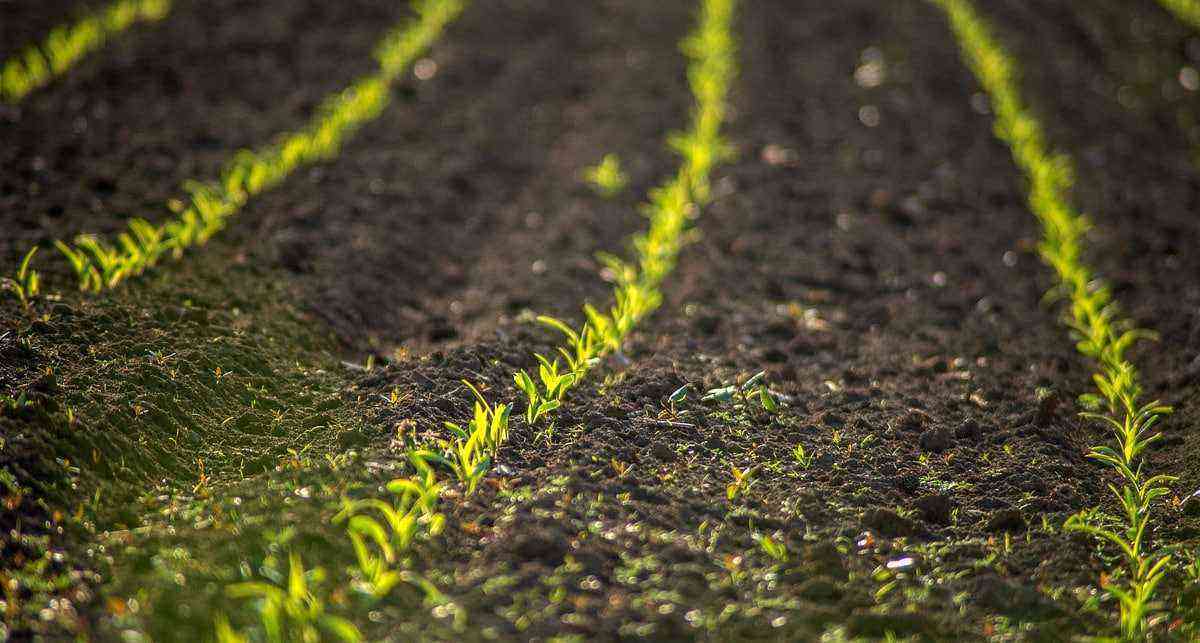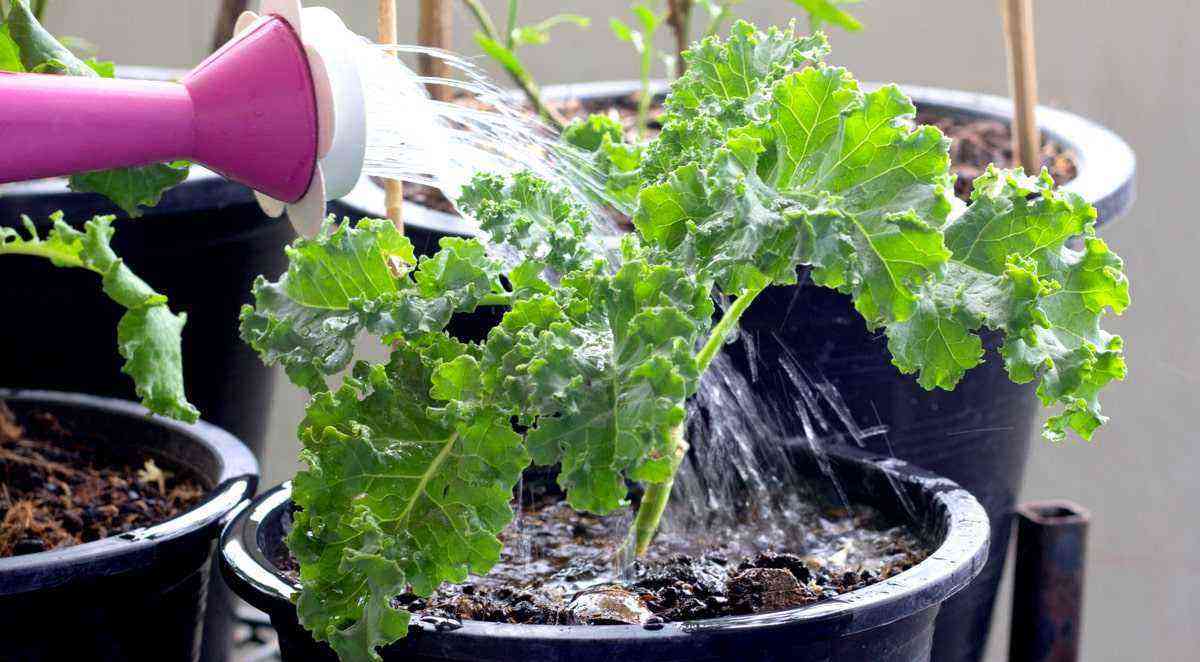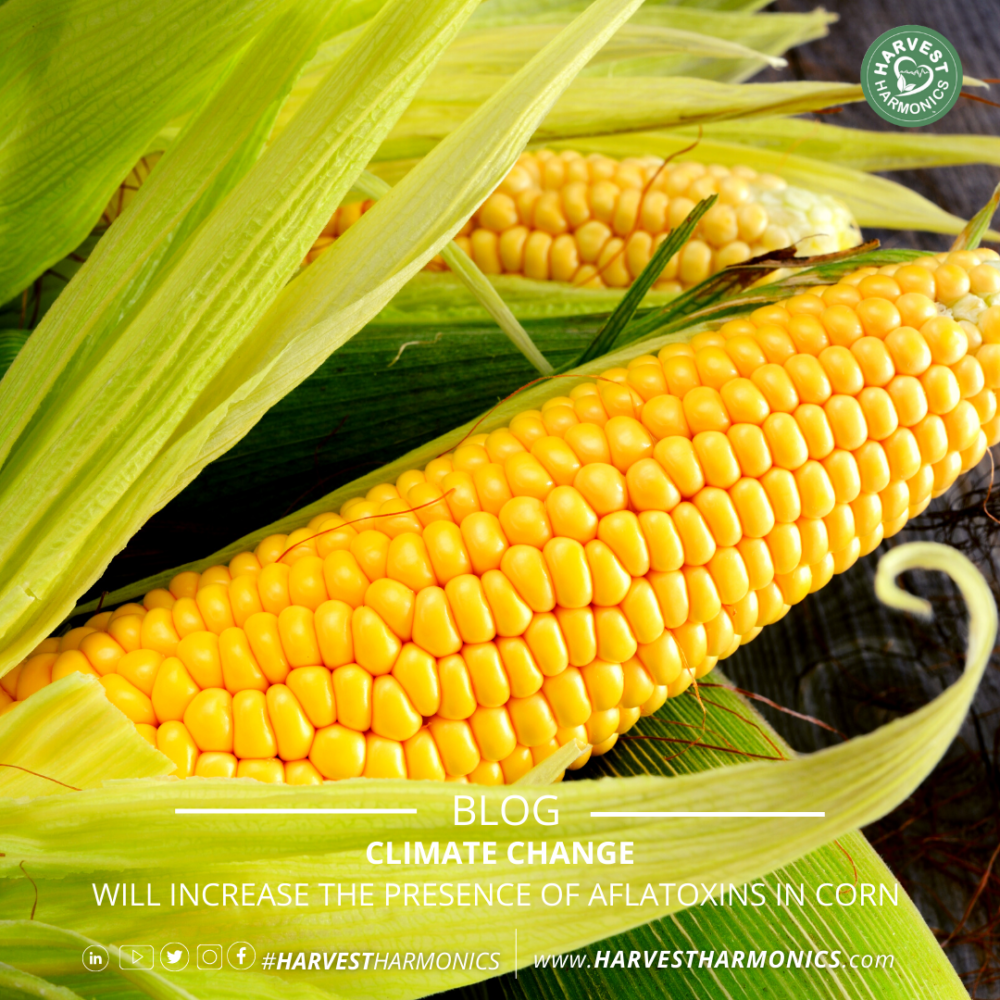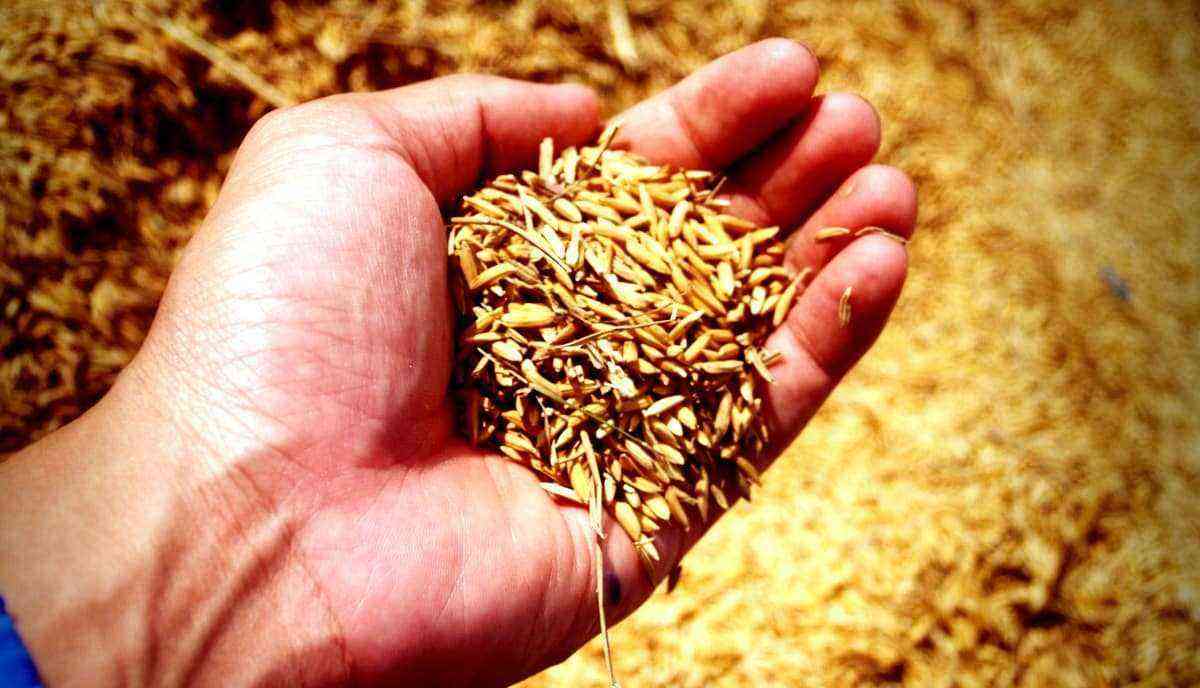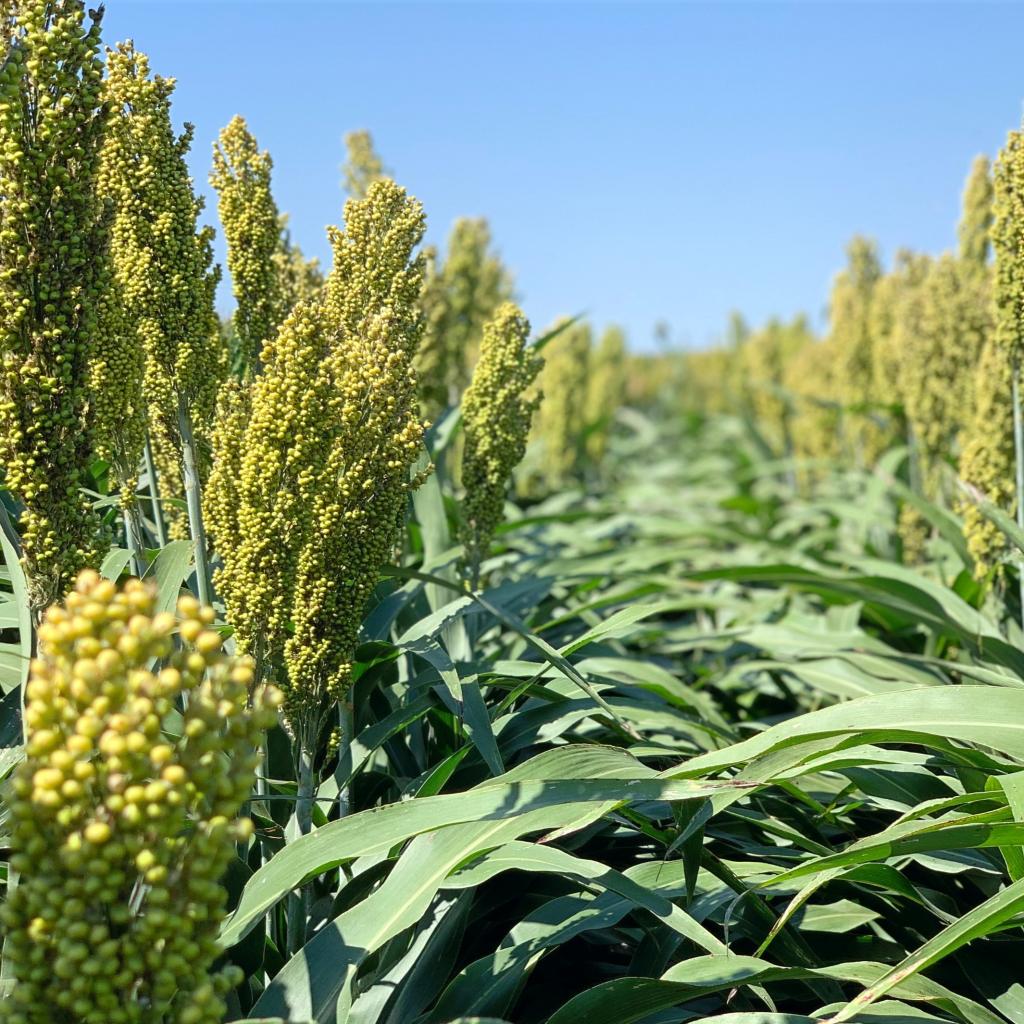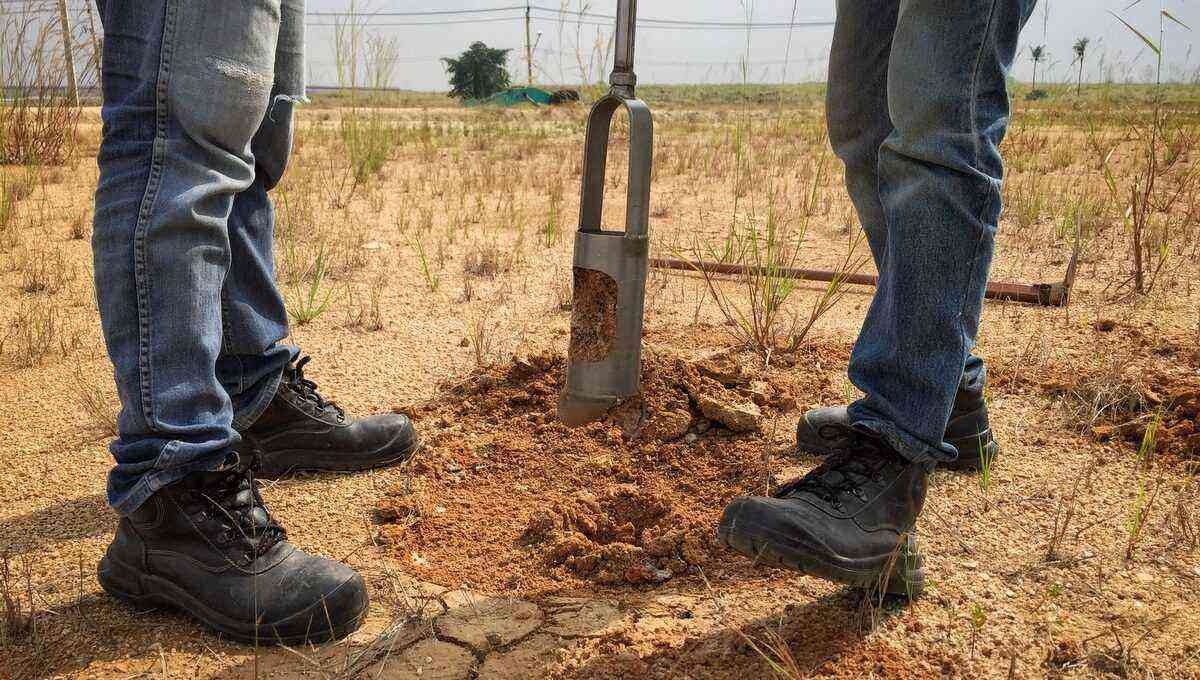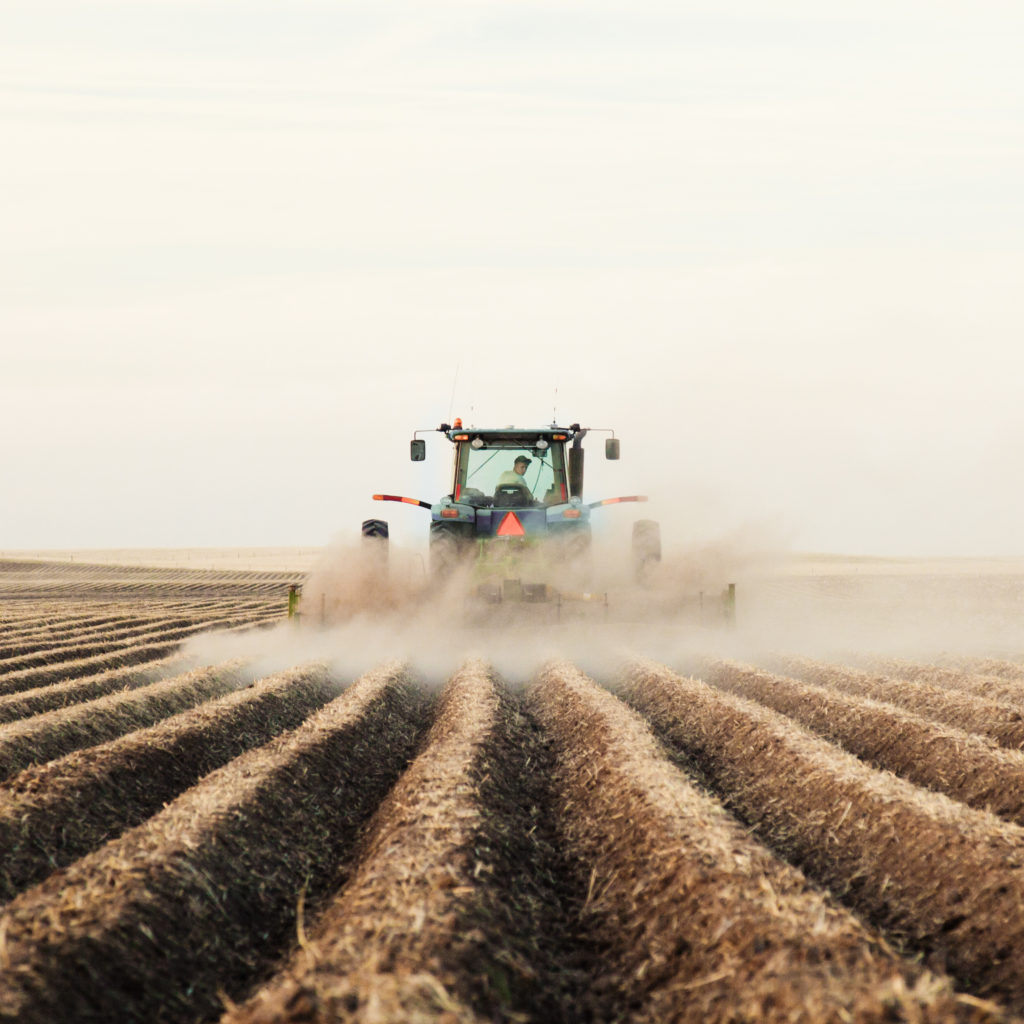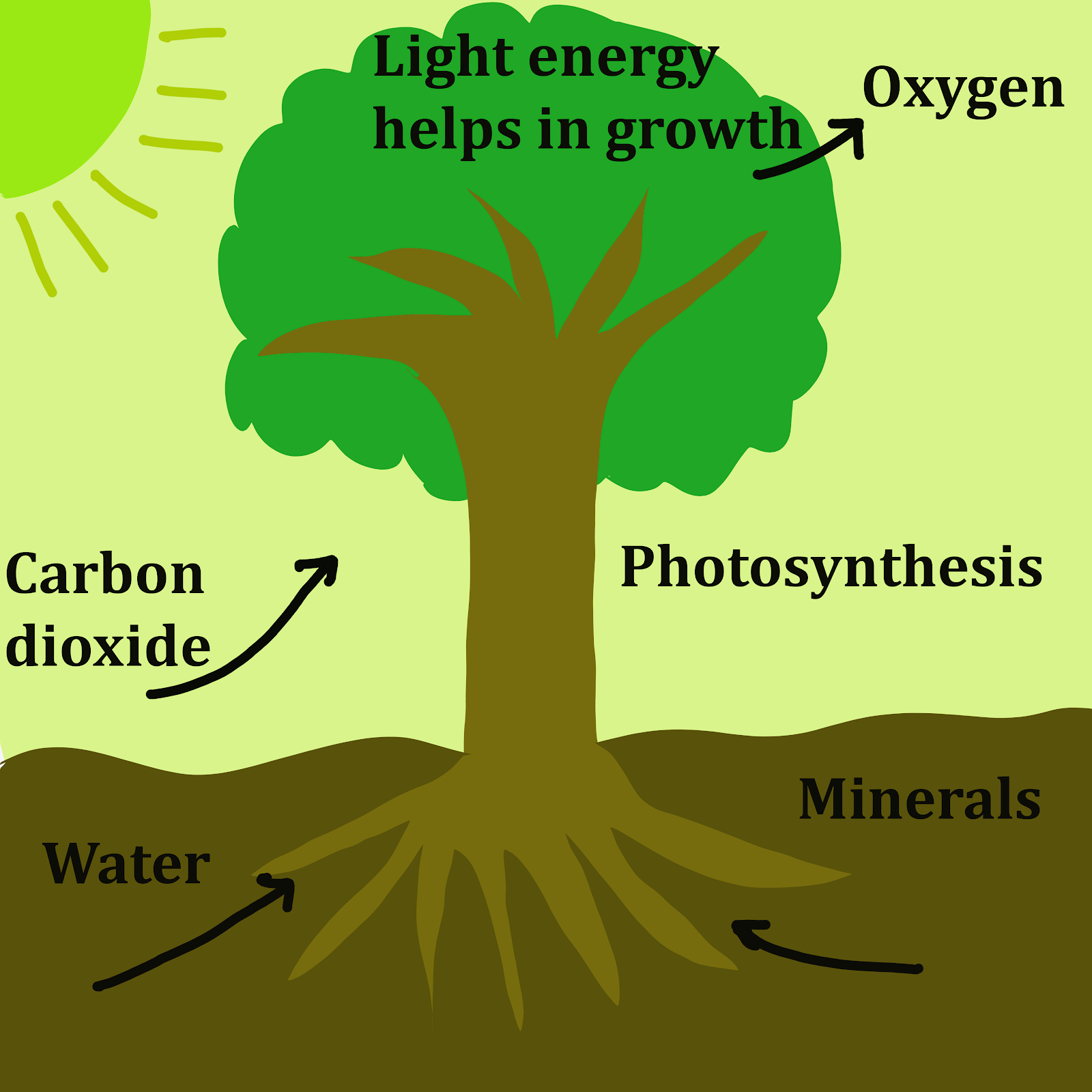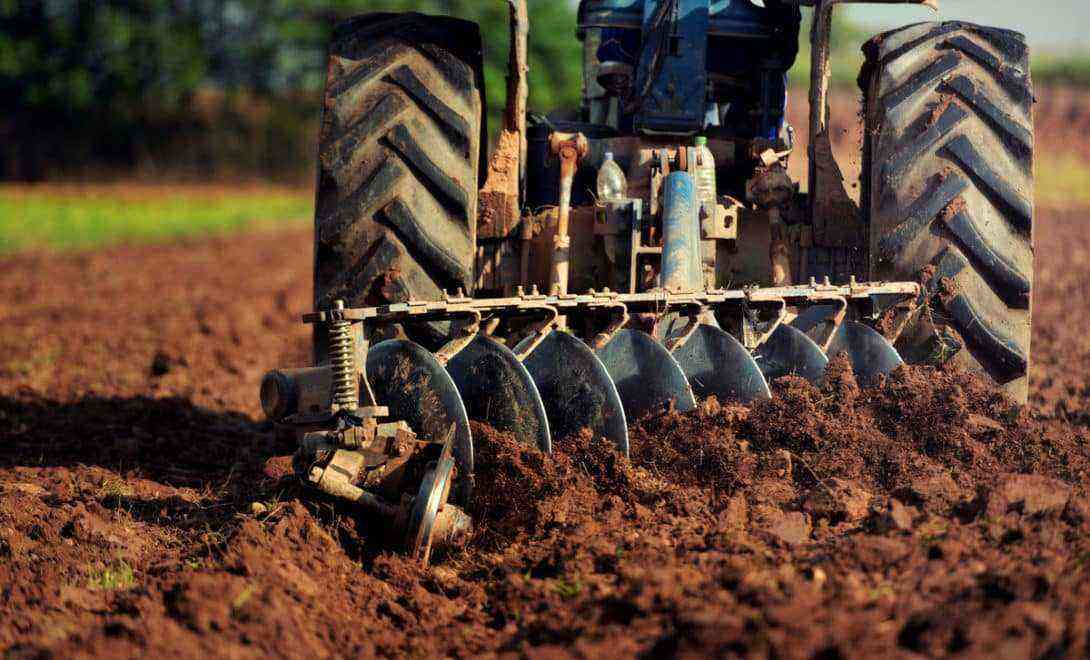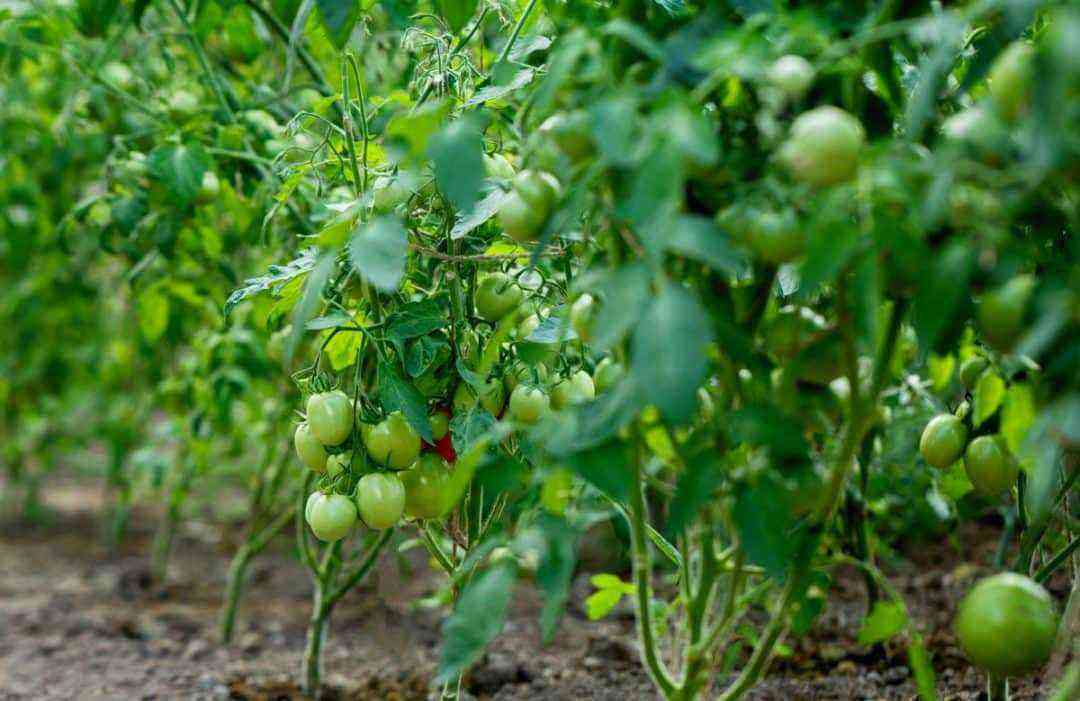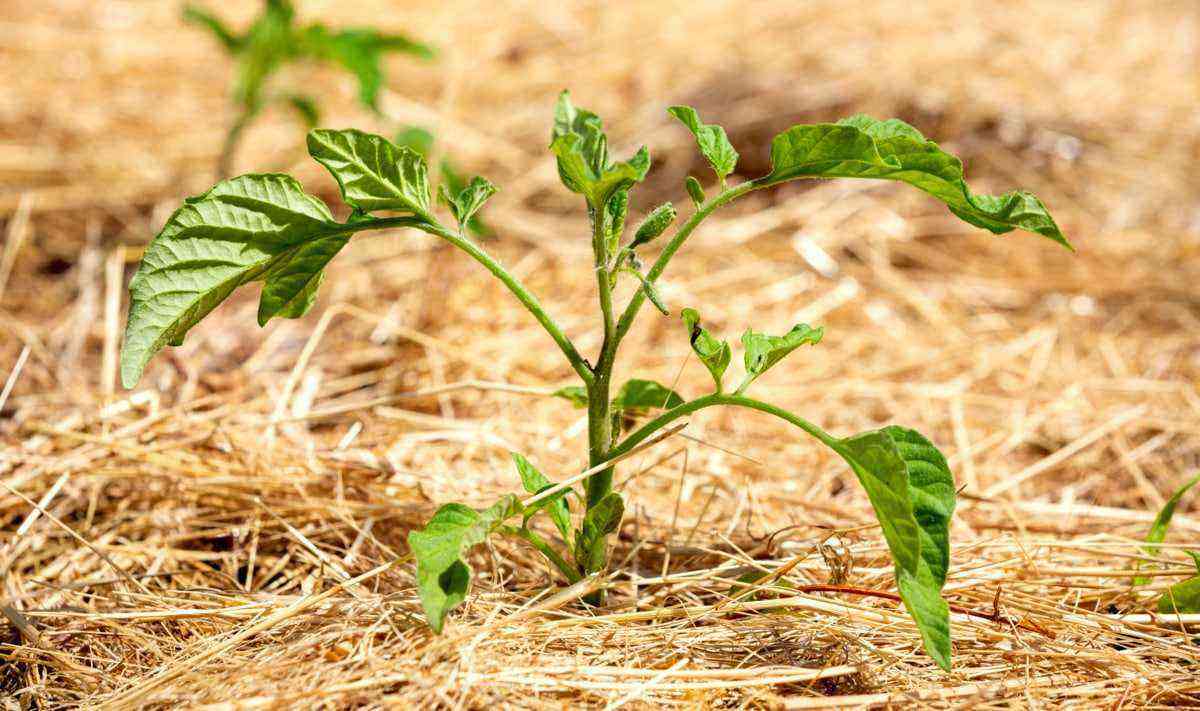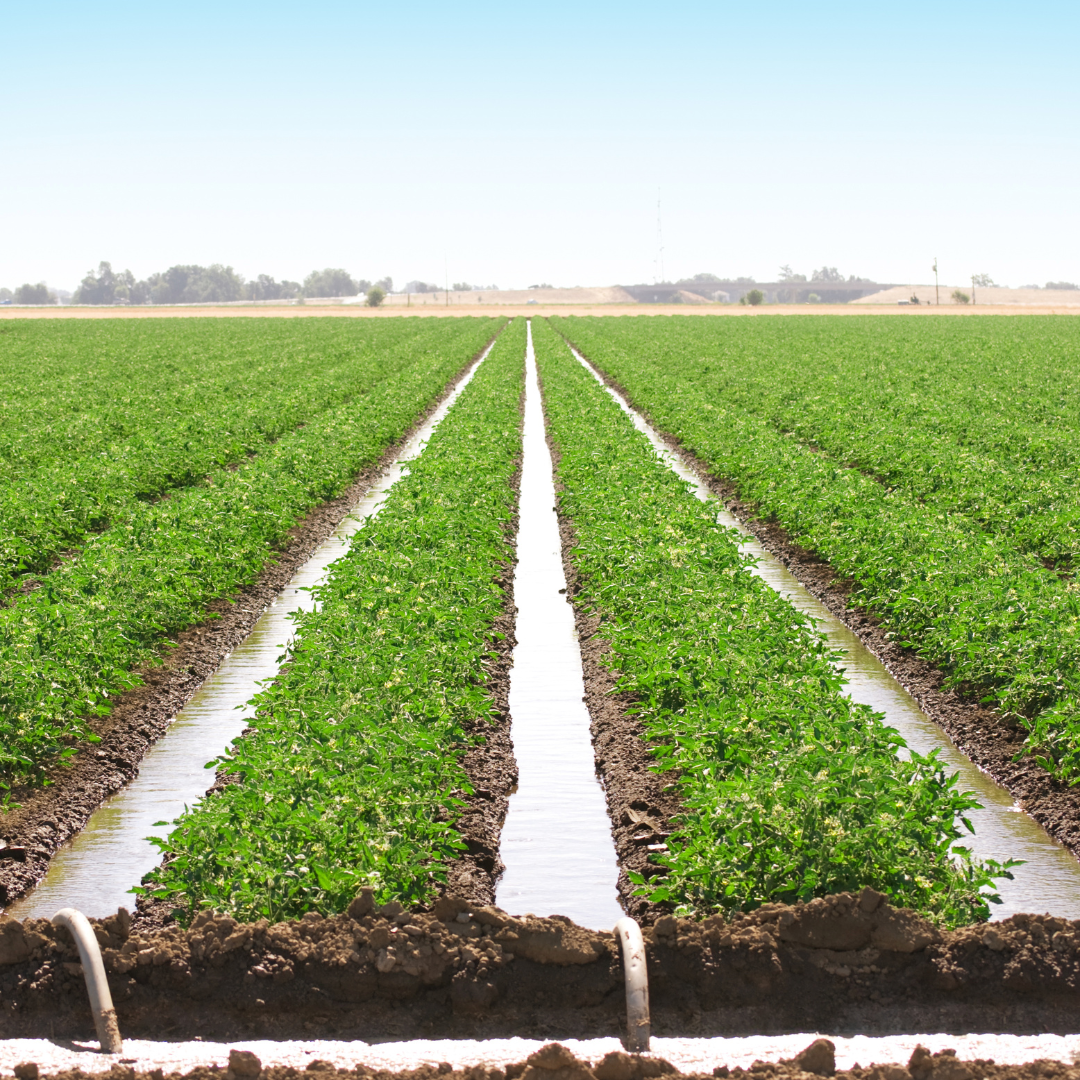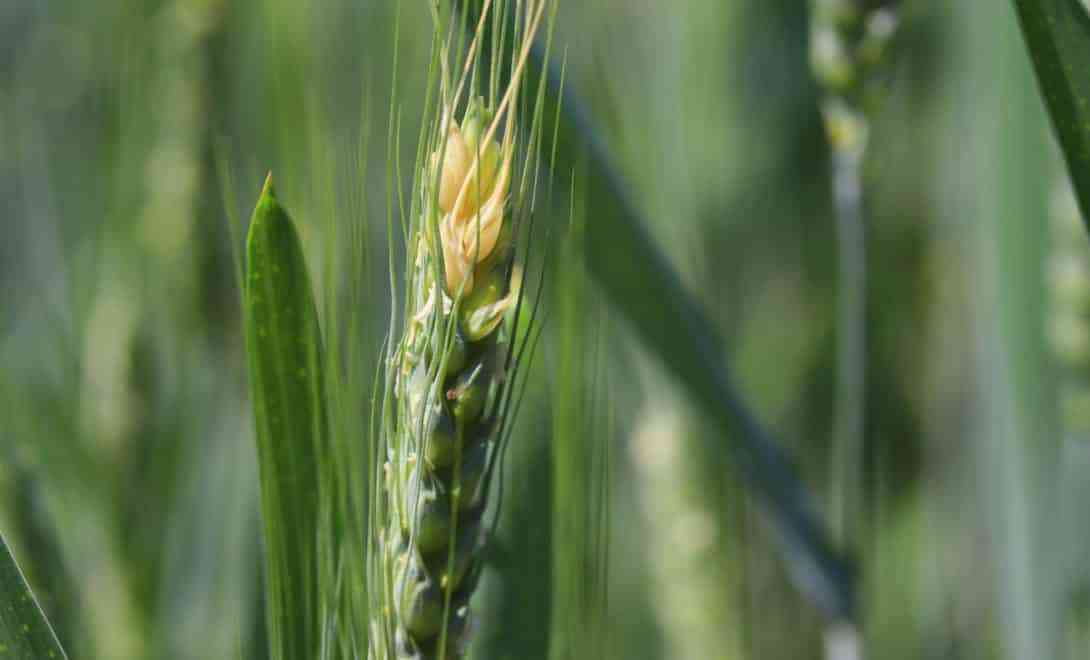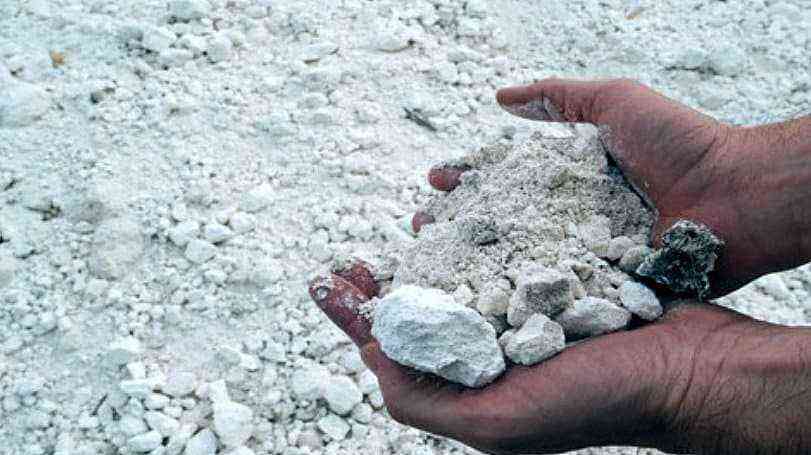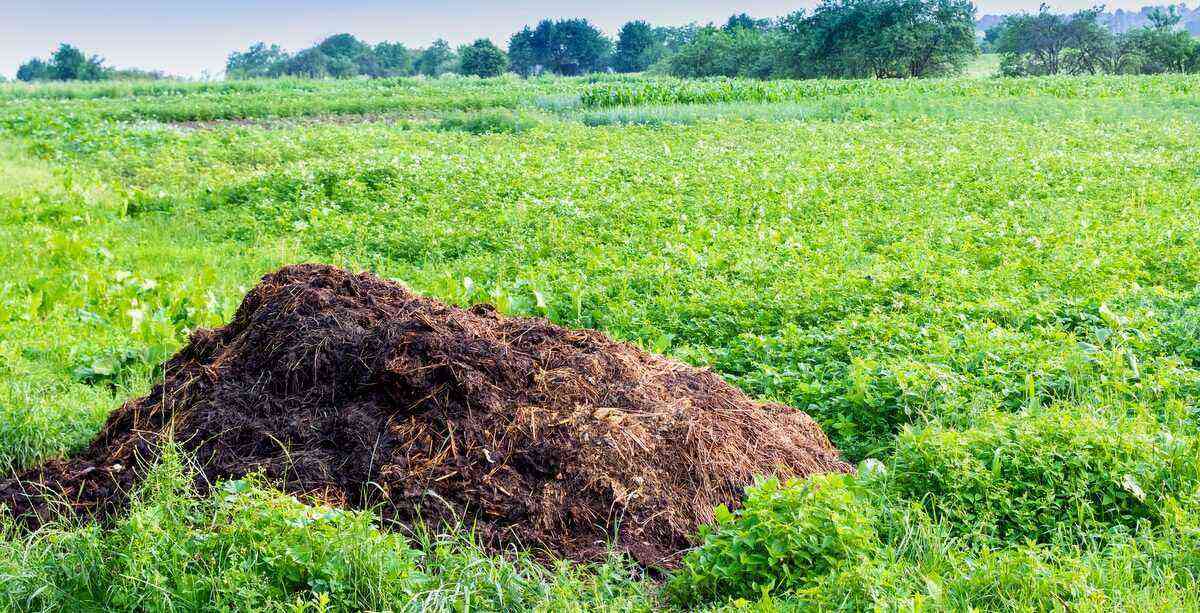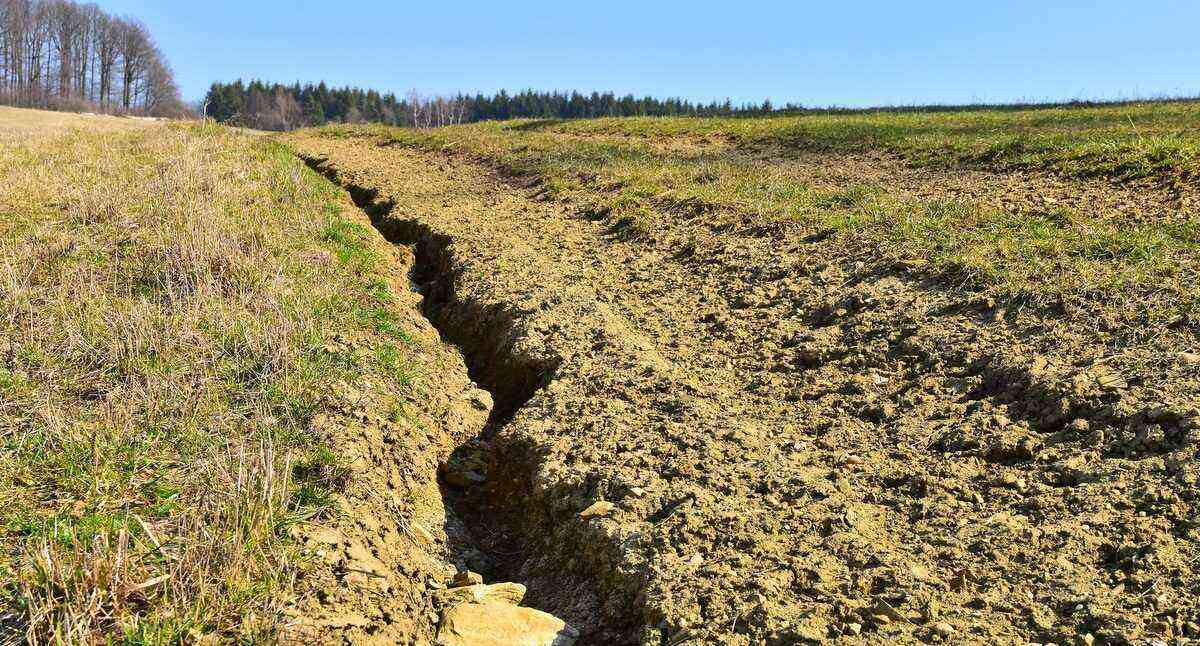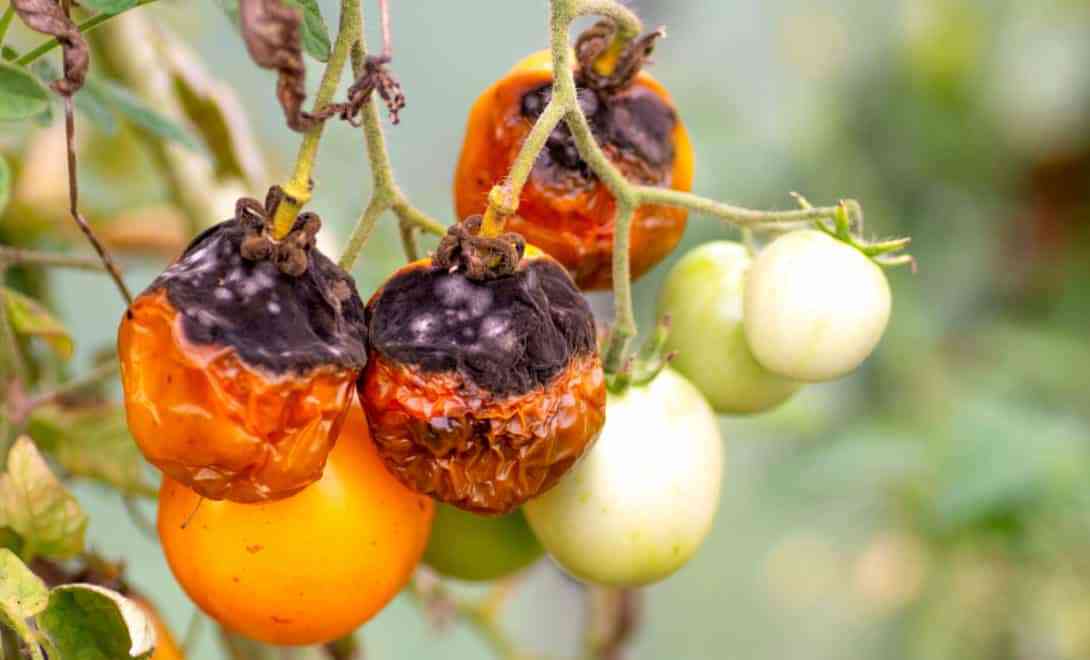If you want to know more about this important fertilizer, stay with us and follow the following article that talks about exactly what it is and how efficient urea is in fertilization.
Fertilization is one of the most important parts of growing a crop. It is the one that will provide all the nutrients necessary for the good plant growth and development.
We know that nitrogen is one of the few nutrients that are not easily dispersed by nature, requiring the use of fixing bacteria or the industrialized element itself.
And among the nitrogen-rich elements most offered on the market, one has stood out more than the others: urea.
What is urea?
As mentioned above, urea is an agricultural fertilizer. It comes in a solid state and is very suitable in cases of fertilizing a large number of plants.
Due to its composition reaching almost 50% nitrogen, obtaining the title of solid fertilizer that concentrates the most nitrogen, it is the most favorable for the supply of this element.

Urea is the solid fertilizer that concentrates the most nitrogen, being the main supplier of “N” in fertilization.
What are the benefits of urea fertilization?
There are numerous benefits that a nitrogen source can cause a culture. Among them, the following stand out:
1. Plant revitalization
Anyone who deals with plants knows that when their leaves turn yellow and fall, their fruits will also suffer a blow. This can directly impact production, affecting product quality and producer credibility.
However, one nitrogen-rich fertilizer, as urea is able to supply the right amount of the nutrient for the plant to regain all its splendor and vitality.
It is also through this fertilizer that the plant development process is resumed, providing a much more lush and tasty harvest.
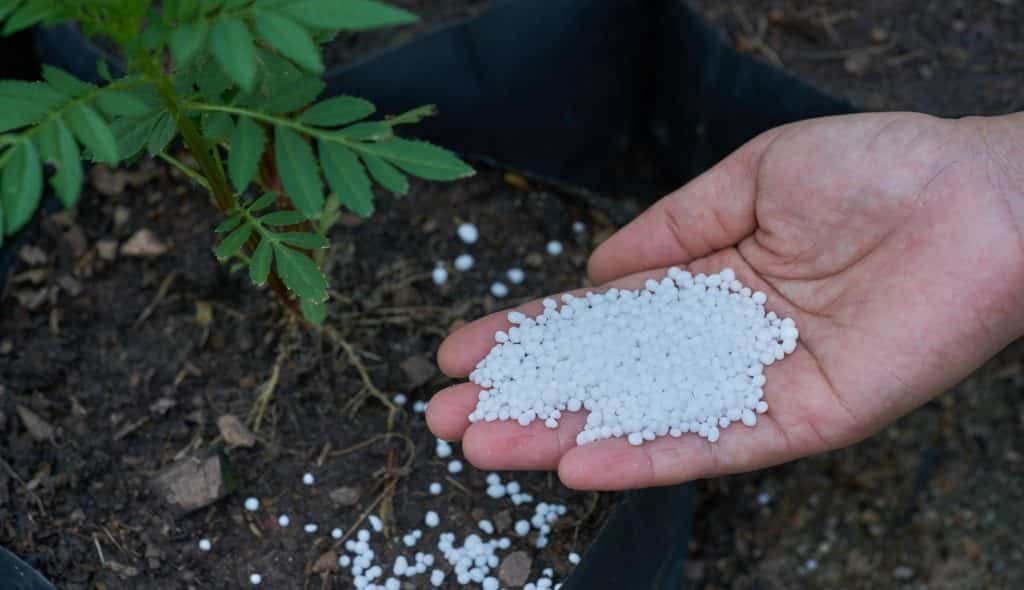
Urea as a nitrogen source is responsible for plant vitality
2. Pasture efficiency
A survey carried out by renowned agronomist Ana Maria Primavesi, from the Brazilian Agricultural Research Corporation (Embrapa), brought important revelations about the use of urea in pastures.
According to research, urea is 79% more efficient than other nitrogen sources such as nitrate, and this increases as its application increases. Still, at a dosage of 50 kilos, the most common, the response in production is 67%, while that of nitrate was only 23%.
3. Lower losses
A test of urea application in top dressing for coffee cultivation revealed that, even with large losses of nitrogen in the application of urea, its high concentration of the element still makes its use the most advantageous.
For example, urea contains exactly 44% nitrogen in its composition, while other fertilizers, such as ammonium sulfate, contain around 20%.
This means that, even if there is a loss of 50% of the nitrogen contained in a bag of urea, the amount applied will still overlap with an eventual application of the bag of ammonium sulfate.
Do you understand the efficiency of fertilization with urea? Want to know more? Enter our digital magazine and stay up to date with all matters in the rural world.
